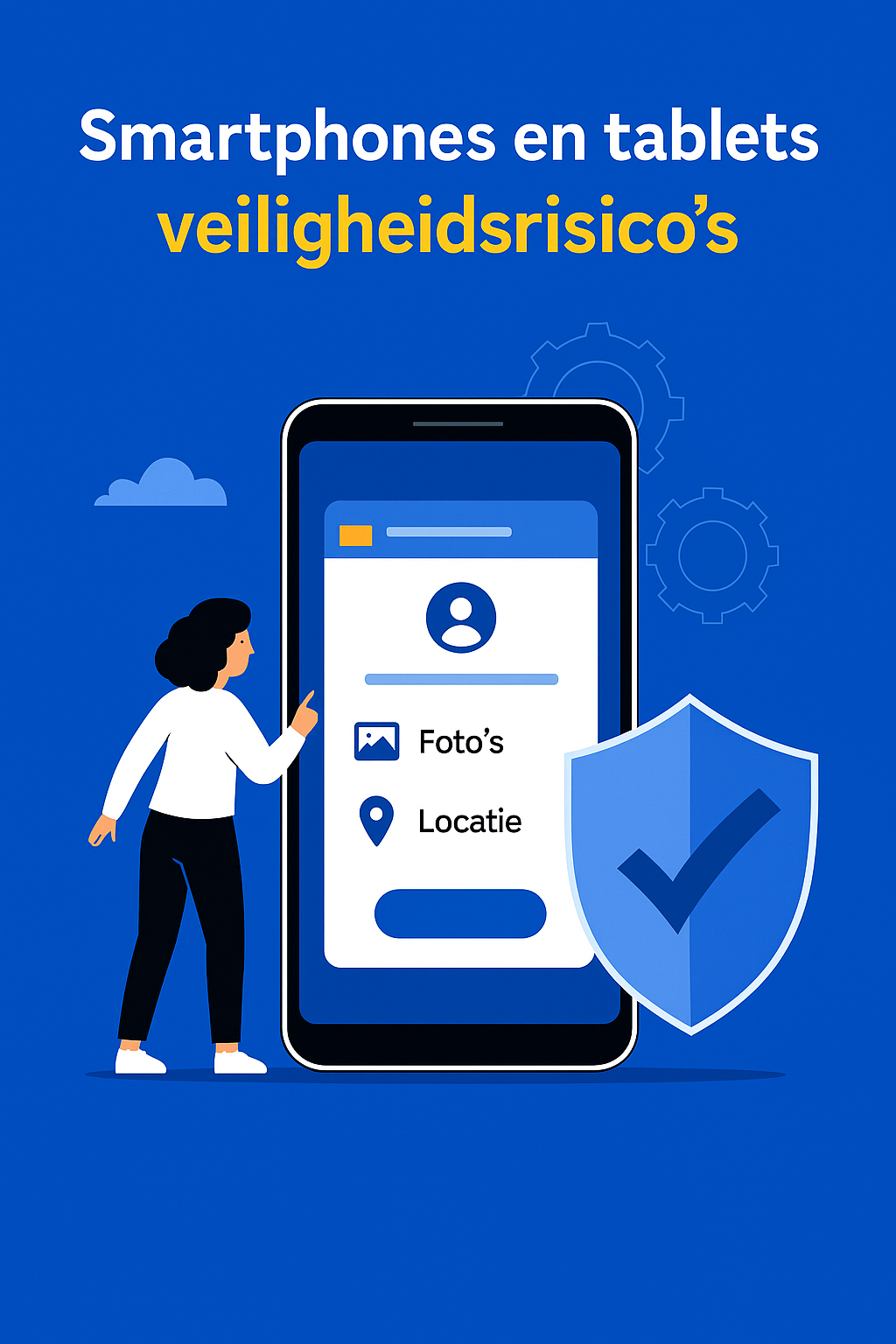Which mobile management solution is right for your organization?

Smartphones and tablets. They are convenient, impossible to do without, but they carry security risks. As an example, an app that allows you to invite everyone in the address book can be risky. If everyone can participate in the app (and at worst the entire organization gets an invitation) then the app builder has access to all email addresses.
Did you know that some apps request access to your photos, files or location – even when it is not at all necessary for their functionality? For example, consider a simple flashlight app that asks permission to access your photo library or contacts. If you go along with that without dwelling on the reason, you unconsciously reveal sensitive information. At worst, this could lead to data breaches or even targeted phishing attacks.
Our conclusion:
Mobile management solutions are a must!
To address such challenges, organizations are using mobile management solutions. Two commonly used strategies for this are Mobile Device Management (MDM) and Mobile Application Management (MAM). But what exactly do these terms mean, and which approach is most appropriate for your organization?
Mobile Device Management (MDM) in understandable language
MDM focuses on the complete management of devices, such as smartphones and tablets. MDM software allows IT to configure corporate devices, enforce security settings, install or uninstall applications, and remotely lock or wipe devices if necessary. This offers a high degree of control and is especially appropriate for company-owned devices.
What is Mobile Application Management (MAM)?
MAM, on the other hand, focuses on securing and managing specific applications and the corporate data stored therein, regardless of whether the device is privately owned or belongs to the organization. With MAM, policies can be set up that prevent corporate data from being shared with unauthorized apps or cloud storage services. An example of such a policy is preventing copying and pasting of corporate data from a managed app to a non-managed app. This is particularly useful in situations where employees use their own devices for work purposes, known as Bring Your Own Device (BYOD) policies.
The choice between MDM and MAM summarized
Of course, the choice between MDM and MAM depends on several factors, including policy, device ownership, security requirements and the desired level of control. Management costs also often play a role in the choice, where we see in practice that many companies choose MDM while the requirement is MAM. MAM is much easier to manage, and therefore cheaper.
Roughly speaking, this is often the situation: you choose MDM if you need complete control over proprietary devices and want to enforce security standards. You choose MAM if you want to secure corporate data on private devices (BYOD) without managing employees’ personal data.
Case studies: MDM and MAM
- A smartphone owned by the company was lost. Or was it stolen? No problem, because fortunately the IT department can remotely lock or wipe the device, preventing sensitive company information from falling into the wrong hands. (MDM). There is one condition, however: the device must still have an Internet connection. This aspect should be considered in design and procurement. For example, you can work with e-sims that make a smartphone traceable if it is stolen.
- An employee uses a personal tablet to check emails and edit documents. However, business documents cannot be stored in personal cloud storage services or shared with unsecured apps. (MAM)
Are your mobile devices and applications adequately secured? If, as a director, business owner, manager or employee, you have doubts about this, you can alert your IT manager to the following article : MAM vs. MDM: Choosing the Right Mobile Management Approach.

